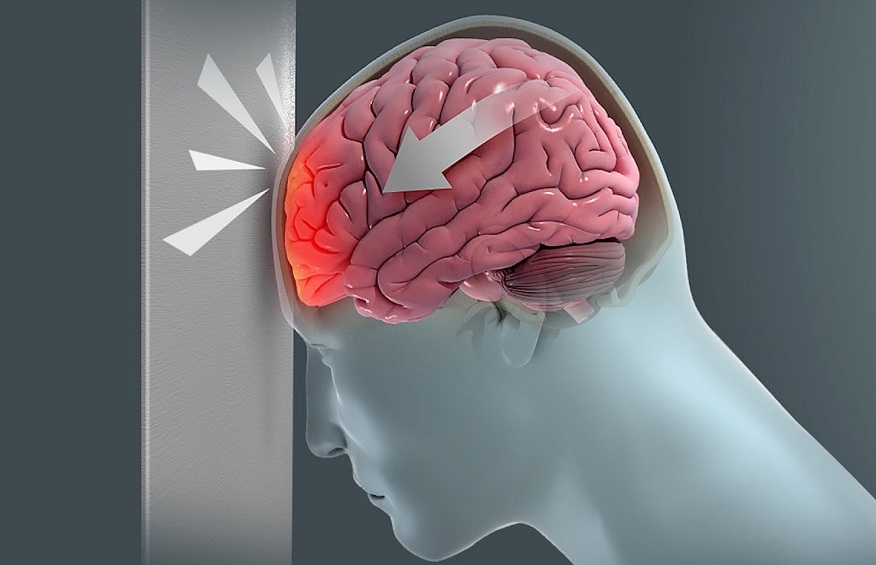Imagine knowing the brain’s health just by observing the eyes. Sounds intriguing, right? Traumatic Brain Injury (TBI) is a significant concern in the medical community, and early detection is paramount. The eyes, specifically the pupils, have emerged as a crucial diagnostic tool. The Pupillary Response in Traumatic Brain Injury can provide invaluable insights, and with the advancements of the Neuro Exam and neurological tools like the pupilometer, the accuracy of these insights has been amplified.
Understanding Pupillary Response
Let’s break it down a bit. When we talk about the pupils, we’re referring to those black circles in the center of our eyes. They adjust in size, reacting to various factors, primarily light. But there’s more to it. The pupils are directly linked to our autonomic nervous system. So, when there’s an abnormal pupillary response, it can be a tell-tale sign of a neurological issue, including TBI. Think of it as an alarm system; when something’s amiss in the brain, the pupils often sound the alarm.
The Neuro Exam: Evaluating Pupillary Reactions
Now, let’s delve deeper into the Neuro Exam. It’s not just a routine check-up; it’s a comprehensive assessment tailored to evaluate potential TBIs. Within this exam, the pupil exam components are vital. We’re talking about assessing pupils’ size, shape, and reactivity. A slight deviation from the norm, be it an unusually dilated pupil or one that doesn’t react to light, can indicate TBI. It’s like piecing together a puzzle; every observation adds a piece to the bigger picture.
The Neurological Pupil Index (NPi): A Quantitative Approach
While observations and manual evaluations have their merits, we’re in an era of technology, and it’s time to embrace it. Enter NPi. This tool is revolutionizing how we assess the pupillary response in Traumatic Brain Injury. Instead of relying on subjective observations, NPi offers objective, quantitative measurements of pupillary reactivity. It’s like having a magnifying glass that offers a closer, clearer look at what’s happening with the pupils and, by extension, the brain.
Correlation Between Pupillary Response and TBI Severity
Research has consistently shown a strong correlation between pupillary response and the severity of TBI. For instance, a sluggish pupillary reflex might indicate moderate brain injury, while a fixed and dilated pupil could indicate severe damage. By understanding these nuances, medical experts can gauge the extent of injury and tailor interventions accordingly. It’s a dynamic field, with new research emerging regularly, reinforcing the importance of pupil measurement in TBI diagnostics.
Clinical Applications of Pupillary Response Assessment
In a clinical setting, time is often of the essence. Assessing pupillary response can aid in triaging, helping medical professionals prioritize cases. Beyond immediate care, these assessments are pivotal in guiding treatment decisions. From deciding on surgical interventions to monitoring recovery, the pupils offer a continuous data stream. The potential of using pupillary response as a biomarker for TBI recovery is also being explored, opening new avenues for patient care.
Limitations and Challenges in Pupillary Response Evaluation
No diagnostic tool is perfect, and while pupillary response offers a wealth of information, there are limitations. External factors like lighting, medications, or even the patient’s age can influence readings. It’s essential to view pupillary response as a piece of the puzzle, integrating it with other diagnostic tools for a comprehensive evaluation. The field is continuously evolving, with researchers striving to refine and perfect the methods of pupil measurement.
Future Directions and Research Opportunities
The horizon of pupillary response assessment in TBI is expansive. With ongoing research, we’re on the cusp of even more advanced tools and techniques. The potential integration of technologies like pupillometry holds immense promise. Moreover, as we gather more data, there’s a pressing need for standardized protocols, ensuring that pupillary response evaluation remains consistent and reliable across the board.
Conclusion:
The eyes truly are a window to the brain’s health. Through the pupillary response in Traumatic Brain Injury, medical experts have a powerful tool. With the Neuro Exam and NPi, this assessment becomes even more nuanced. As we advance, medical professionals must stay abreast of the latest developments, ensuring the best possible care for TBI patients. The journey to understanding and diagnosing TBI is intricate, but with the right tools and knowledge, we can make significant strides in patient care.




